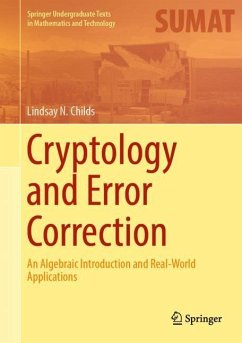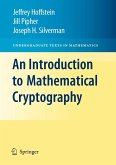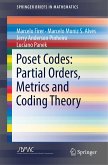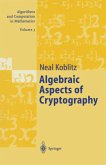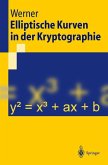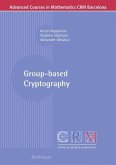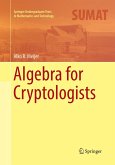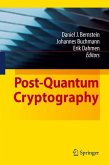This text presents a careful introduction to methods of cryptology and error correction in wide use throughout the world and the concepts of abstract algebra and number theory that are essential for understanding these methods. The objective is to provide a thorough understanding of RSA, Diffie-Hellman, and Blum-Goldwasser cryptosystems and Hamming and Reed-Solomon error correction: how they are constructed, how they are made to work efficiently, and also how they can be attacked. To reach that level of understanding requires and motivates many ideas found in a first course in abstract algebra-rings, fields, finite abelian groups, basic theory of numbers, computational number theory, homomorphisms, ideals, and cosets. Those who complete this book will have gained a solid mathematical foundation for more specialized applied courses on cryptology or error correction, and should also be well prepared, both in concepts and in motivation, to pursue more advanced study in algebra and number theory.
This text is suitable for classroom or online use or for independent study. Aimed at students in mathematics, computer science, and engineering, the prerequisite includes one or two years of a standard calculus sequence. Ideally the reader will also take a concurrent course in linear algebra or elementary matrix theory. A solutions manual for the 400 exercises in the book is available to instructors who adopt the text for their course.
This text is suitable for classroom or online use or for independent study. Aimed at students in mathematics, computer science, and engineering, the prerequisite includes one or two years of a standard calculus sequence. Ideally the reader will also take a concurrent course in linear algebra or elementary matrix theory. A solutions manual for the 400 exercises in the book is available to instructors who adopt the text for their course.
"This is a really nice way of introducing students to abstract algebra. It is evident that the author has spent much time polishing the presentation including large amount of details (and numerous examples) which make the book ideal for self-study. Even though the book starts out very elementary (basically requiring no prior knowledge beyond integer arithmetic), it gets to some sophisticated results towards the end. So in summary, I can warmly recommend this book as a first introduction to algebra." (G. Teschl, Monatshefte für Mathematik, Vol. 196 (3), November, 2021)

